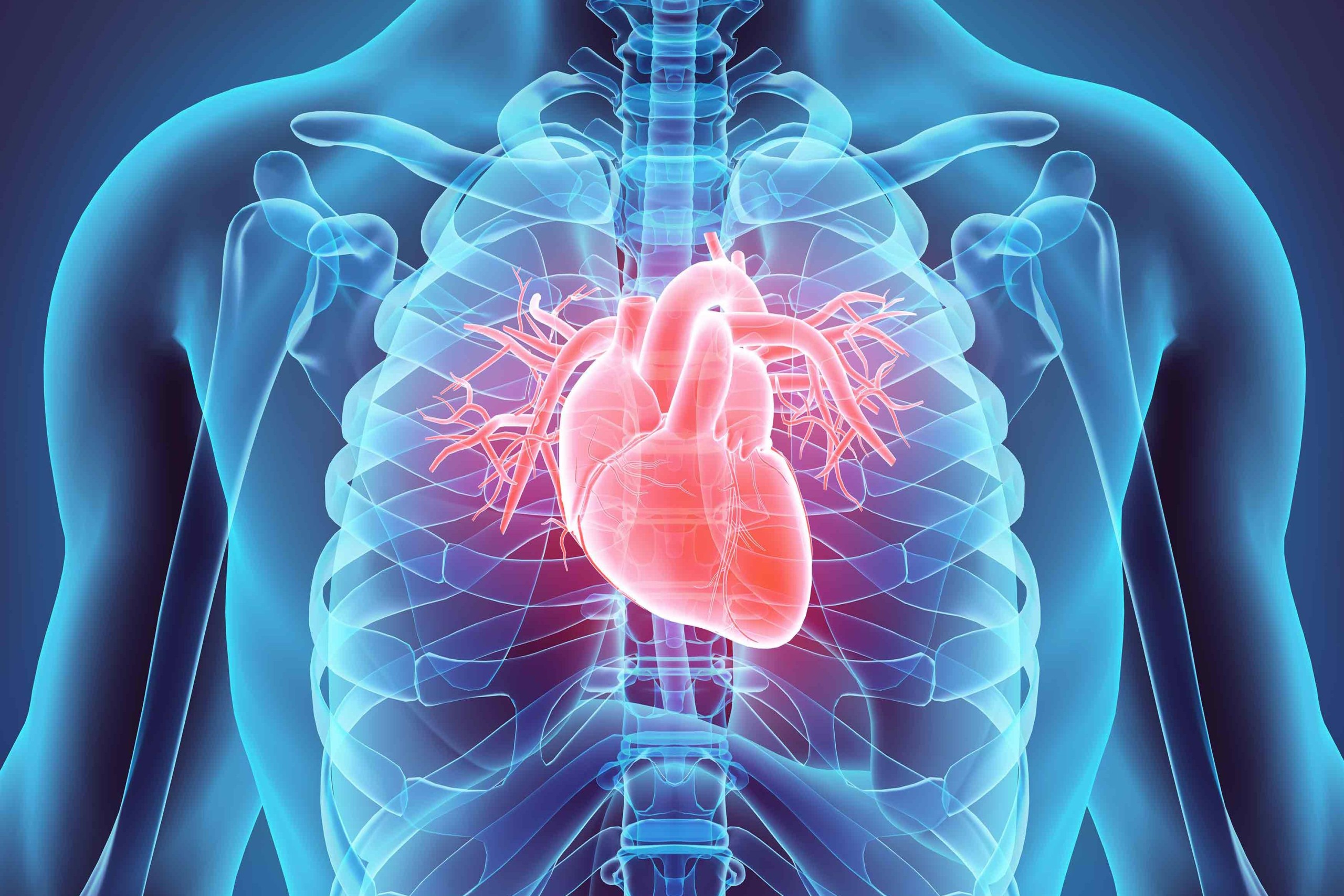Coronary Artery Bypass Graft (CABG)
Coronary artery disease develops because of the hardening of arteries which supply blood to the heart muscle. It occurs when atherosclerotic plaque builds up in the wall of the arteries. This plaque is mainly made up of cholesterol and dystrophic calcification. Plaque accumulation can also increase because of smoking, high blood pressure, and diabetes. Symptoms of coronary artery disease include chest pain, palpitations, fatigue, shortness of breath, abnormal heart rhythms, etc.
To restore normal blood flow to the obstructed coronary artery a coronary artery bypass graft (CABG) or bypass surgery is performed. One way to treat the blocked arteries is to bypass the blocked portion of the coronary artery with a healthy blood vessel from other parts of the body, for example a vein in the leg or artery in the chest or hand. The grafted artery or vein bypasses the blocked portion of the coronary artery. This creates a new passage, and oxygen-rich blood is routed around the blockage arteries to the heart muscle.
CABG helps the patients in the following ways:
- Improves the quality of life and decreases angina and other CAD symptoms
- Enables patients to resume a more active lifestyle
- Improves the pumping action of the heart if it has been damaged by a heart attack
- Lowers the risk of a heart attack
- Improves patient’s chances of survival
According to Dr. Ramji Mehrotra, patients generally exhibit excellent results after CABG. 85 percent of people have significantly reduced symptoms, less risk of future heart attacks, and a decreased chance of dying even beyond 10 years.

